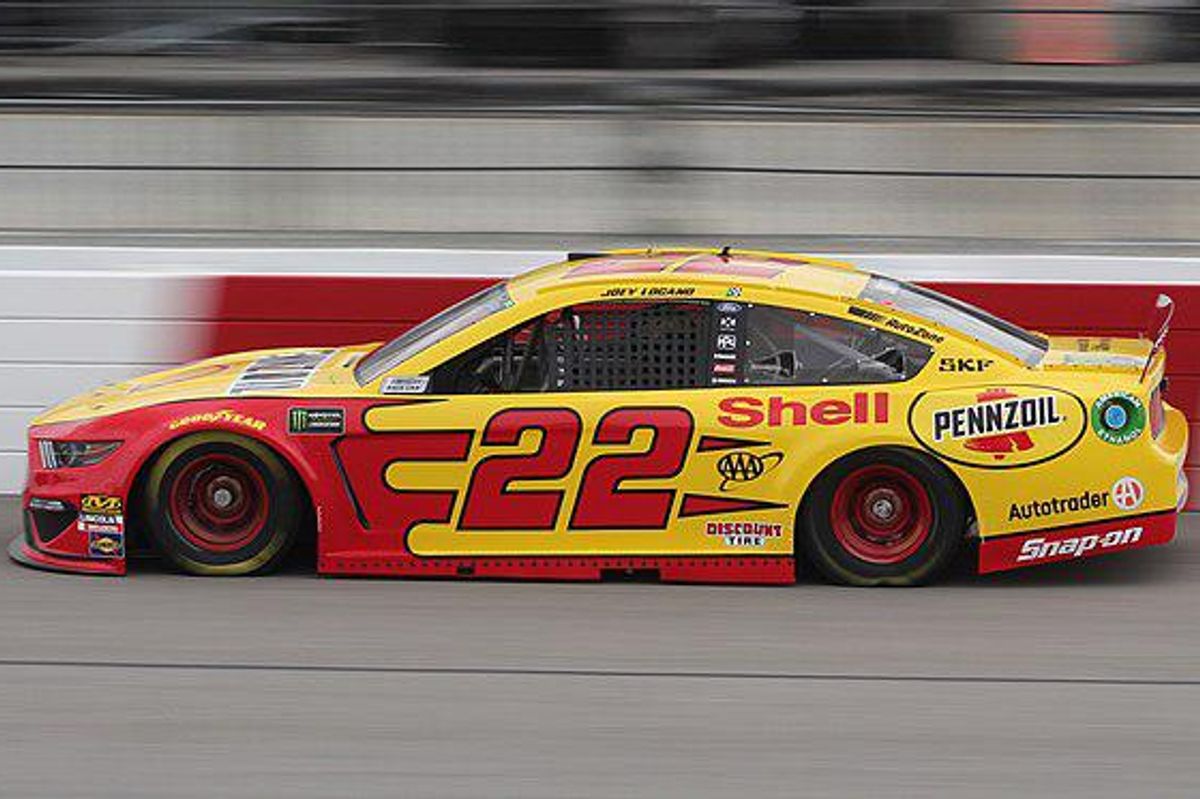THE LEFT TURN
NASCAR heads home to Charlotte for the Coca-Cola 600
May 28, 2021, 11:15 am
THE LEFT TURN

NASCAR heads home this week to one of the crown jewels of NASCAR for the Coca-Cola 600 at Charlotte Motor Speedway. This race is considered by many to be the second most important race on the schedule behind the Daytona 500. Its six-hundred mile distance makes it one of the most difficult races not just in NASCAR but in the world. The race begins in the heat of dusk and as the race winds down the track cools off tremendously and there is a lot more grip. Things will really start to change late in the race as there are four stages instead of the regular three. Considering this race is the Coca-Cola 600, there will also be practice and qualifying this week, so that could really give us a good idea of who has speed this week.
Last week's race at Circuit of the Americas we saw something we have never seen before and may never see again, racing in the rain. This was an absolute disaster, and it wasn't because of the rain itself but the standing water that came with the rain. Because of the large puddles of water around this massive 3 mile racetrack, it was next to impossible to see through the spray. There were multiple serious accidents involving Bubba Wallace, Kevin Harvick, Martin Truex Jr. and Cole Custer. When asked about the conditions, Harvick responded by saying "We don't have any business doing this. This was the most unsafe I have ever felt in a race car." The race was red-flagged and the track was dried enough to where it was serviceable, but there were still plenty of drivers who drove off track or spun out. When the waters settled, it appeared that it was going to come down to Hendrick teammates, Chase Elliott and Kyle Larson but along came the rain again. It got so bad that NASCAR decided to end the race early and award Chase Elliott the victory. This is the sixth victory on a road course for the defending champion and his first win of the season.
With Chase's victory, this now means that all four Hendrick Motorsports cars have clinched a spot in the playoffs. This is the first time since 2014 that this team has been able to accomplish this feat. These last couple of years have been especially tough for the winningest team in NASCAR and while they did win the title last year, it seemed like the team as a whole had a hard time finding speed. What a difference a year makes as now each driver has won a race this year. One thing I can attribute to this run of success was the decision to move crew-chief Chad Kanus to Vice President of Competition. Because of this, he can now focus on making the entire team better as a whole and not just one car in William Byron. Look for Hendrick Motorsports to continue to be the team to beat in the future.
While all eyes will be on the Hendrick four horsemen, the driver I have winning this week is Penske driver Joey Logano. The 2018 champion punched his ticket to the round of 16 by winning at the Bristol dirt race, since then it has been up and down. He has found a bit of a groove here in the past two weeks with back to back top fives at Darlington and COTA. I think he is due for another win. This track has been pretty good to him, and he has the highest average finish here of all active drivers. Look for Logano to take the #22 Mustang to his second victory of 2021.
Oswald Peraza hit a two-run single in the ninth inning to help the Los Angeles Angels snap a three-game losing skid by beating the Houston Astros 4-1 on Saturday night.
Peraza entered the game as a defensive replacement in the seventh inning and hit a bases-loaded fly ball to deep right field that eluded the outstretched glove of Cam Smith. It was the fourth straight hit off Astros closer Bryan Abreu (3-4), who had not allowed a run in his previous 12 appearances.
The Angels third run of the ninth inning scored when Mike Trout walked with the bases loaded.
Kyle Hendricks allowed one run while scattering seven hits over six innings. He held the Astros to 1 for 8 with runners in scoring position, the one hit coming on Jesús Sánchez’s third-inning infield single that scored Jeremy Peña.
Reid Detmers worked around a leadoff walk to keep the Astros scoreless in the seventh, and José Fermin (3-2) retired the side in order in the eighth before Kenley Jansen worked a scoreless ninth to earn his 24th save.
Houston’s Spencer Arrighetti struck out a season-high eight batters over 6 1/3 innings. The only hit he allowed was Zach Neto’s third-inning solo home run.
Yordan Alvarez had two hits for the Astros, who remained three games ahead of Seattle for first place in the AL West.
Peraza’s two-run single to deep right field that broke a 1-1 tie in the ninth.
Opponents were 5 for 44 against Abreu in August before he allowed four straight hits in the ninth.
Astros RHP Hunter Brown (10-6, 2.37 ERA) faces RHP José Soriano (9-9, 3.85) when the series continues Sunday.
